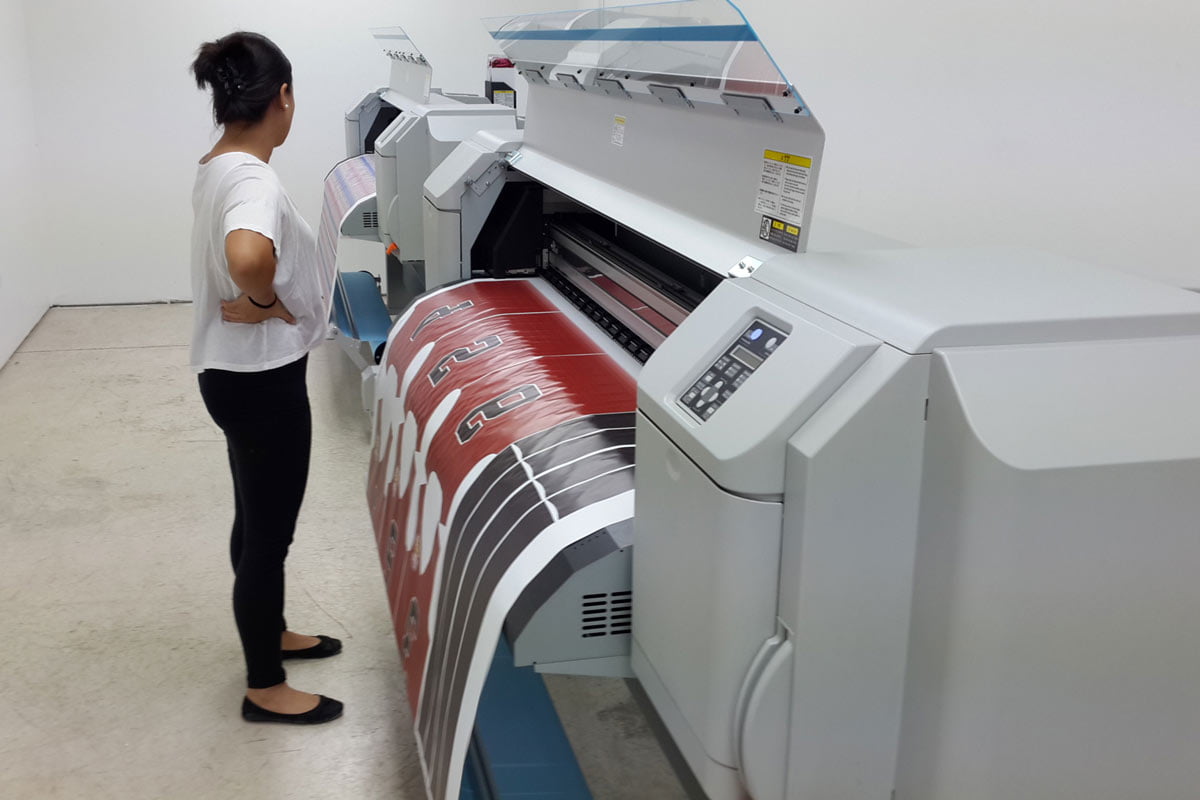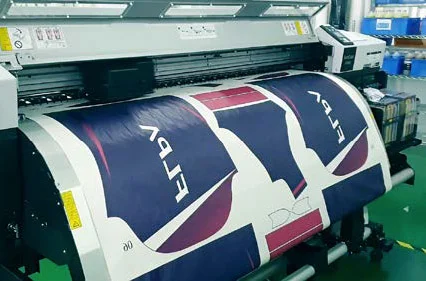The Reason Why DTF Printing is the Future of Personalized Garments Manufacturing
The Reason Why DTF Printing is the Future of Personalized Garments Manufacturing
Blog Article
A Comprehensive Guide to the Various Sorts Of Towel Printing Techniques
Each method, from the careful workmanship of block printing to the fast effectiveness of screen printing, offers unique objectives and offers unique benefits. Digital printing's adaptability and environmental consciousness stand in plain comparison to the speedy customization of warmth transfer printing.
Block Printing
Block Printing, one of the oldest approaches of fabric decor, has a rich history that dates back to ancient civilizations. Coming from China around 220 A.D., this method later on infected India and at some point Europe. The procedure includes carving elaborate designs into wooden blocks, which are then dipped in dye and pressed onto material to develop patterns. This approach is noteworthy for its ability to create extremely detailed and recurring styles.
The precision and craftsmanship entailed in block printing make it a labor-intensive procedure, however it likewise enables a high degree of customization. Craftsmens can develop one-of-a-kind patterns by incorporating different blocks or differing the application of dye. This flexibility has actually contributed to the long-lasting appeal of block printing in both contemporary and standard textile design.
Block printing is particularly valued for its visual high qualities, including the minor variants in pattern and color that arise from the hand-printing process. These blemishes provide an one-of-a-kind personality per piece, differentiating it from mass-produced textiles. In spite of advancements in modern-day printing innovations, block printing continues to be a cherished technique, celebrated for its historic significance and artistic value.
Display Printing
Display printing, an additional noticeable textile design strategy, has actually reinvented the market with its efficiency and adaptability. This method involves producing a pattern, referred to as a display, and using it to apply layers of ink on the printing surface area. Each color in the design requires a different screen, which enables for intricate and vibrant multi-colored prints.

Among the vital benefits of screen printing is its versatility to numerous kinds of materials, consisting of cotton, polyester, and blends. This technique is specifically suitable for large-volume orders due to its cost-effectiveness and rate. The resilience of the prints is another considerable benefit, as the ink bonds well with the material, ensuring resilient layouts that endure multiple washes.
The procedure starts with preparing the screens by finishing them with a light-sensitive solution. Once dried out, the design is transferred onto the emulsion-coated display making use of a UV light. The subjected locations harden while the unexposed parts are gotten rid of, producing a stencil. Ink is after that pressed with the pattern onto the textile making use of a squeegee.
Display printing is commonly utilized in the apparel industry, promotional items, and custom-made garments. Its capacity for top quality, detailed prints safeguards its standing as a cornerstone method in fabric printing.
Digital Printing
Digital printing has promptly become a cutting-edge strategy in the textile industry, leveraging advanced innovation to produce high-resolution styles directly onto textile. Unlike typical techniques, electronic printing utilizes inkjet printers to deposit pigment or dye-based inks onto textiles, making it possible for vivid and detailed patterns with an impressive level of detail and shade accuracy.
One of the primary benefits of electronic printing is its versatility. This approach enables for on-demand printing, which considerably decreases waste and decreases inventory costs.
Moreover, digital printing is ecologically pleasant. heat transfer vinyl printing. It makes use of water-based inks and requires less water and energy compared to traditional techniques, straightening with lasting techniques. see this The precision of electronic printing also permits the use of a broader series of fabrics, consisting of cotton, silk, polyester, and blends, guaranteeing adaptability throughout various applications
Heat Transfer Printing
Exactly how does warm transfer printing revolutionize fabric design? This method has actually brought considerable developments by enabling detailed and dynamic designs to be moved onto a range of textiles with amazing precision. Warm transfer printing includes making use of heat and stress to move a layout from a specifically developed paper onto textile. This procedure begins with printing the desired picture onto transfer paper utilizing specialized inks. When the image is published, the paper is put onto the material and subjected to a warm press, which moves the ink from the paper to the material.
Among the key benefits of warmth transfer printing is its capability to produce top quality, detailed images swiftly and effectively. It is especially appropriate for tiny manufacturing runs and personalized orders, making it a preferred option for personalized clothing and advertising items. Furthermore, this technique is versatile, suiting numerous kinds of textiles including cotton, polyester, and blends.
In addition, warm transfer printing is fairly cost-efficient contrasted to various other approaches, as it calls for marginal configuration and reduced preliminary financial investment - DTF printing. This affordability, combined with its ability for generating vibrant, durable prints, underscores its essential function in contemporary textile design

Dye Sublimation Printing
Dye sublimation printing, an innovative material printing technique, provides unrivaled vibrancy and longevity for styles on various synthetic materials. This method entails transforming strong dye into a gas without passing with a fluid state, permitting the dye to permeate the textile effortlessly. The process starts with publishing the style onto an unique transfer paper using sublimation inks. The published transfer paper is after that positioned on the material, and both are subjected to high warmth and pressure utilizing a warm press. The heat causes the dye to sublimate and bond with the textile dig this fibers, creating a long-term, high-resolution print that stands up to fading and fracturing.
One of the vital benefits of dye sublimation printing is its capability to create continuous-tone prints with vibrant colors and complex details. Unlike other printing methods, the dye ends up being component of the fabric instead than sitting on top of it, resulting in a breathable and soft finish.
Final Thought
Block printing is admired for its artisanal quality, while screen printing is beneficial description for high-volume production. Digital printing offers adaptability and ecological benefits, whereas warm transfer printing is optimal for quick customization.
Each method, from the precise workmanship of block printing to the quick performance of screen printing, offers unique objectives and offers distinctive benefits. Digital printing's versatility and environmental consciousness stand in stark contrast to the quick modification of heat transfer printing. Regardless of advances in contemporary printing modern technologies, block printing remains a valued technique, celebrated for its historic relevance and creative worth.
Dye sublimation printing, an innovative material printing strategy, supplies unmatched vibrancy and long life for layouts on various artificial materials. Digital printing offers adaptability and ecological advantages, whereas heat transfer printing is excellent for fast personalization.
Report this page